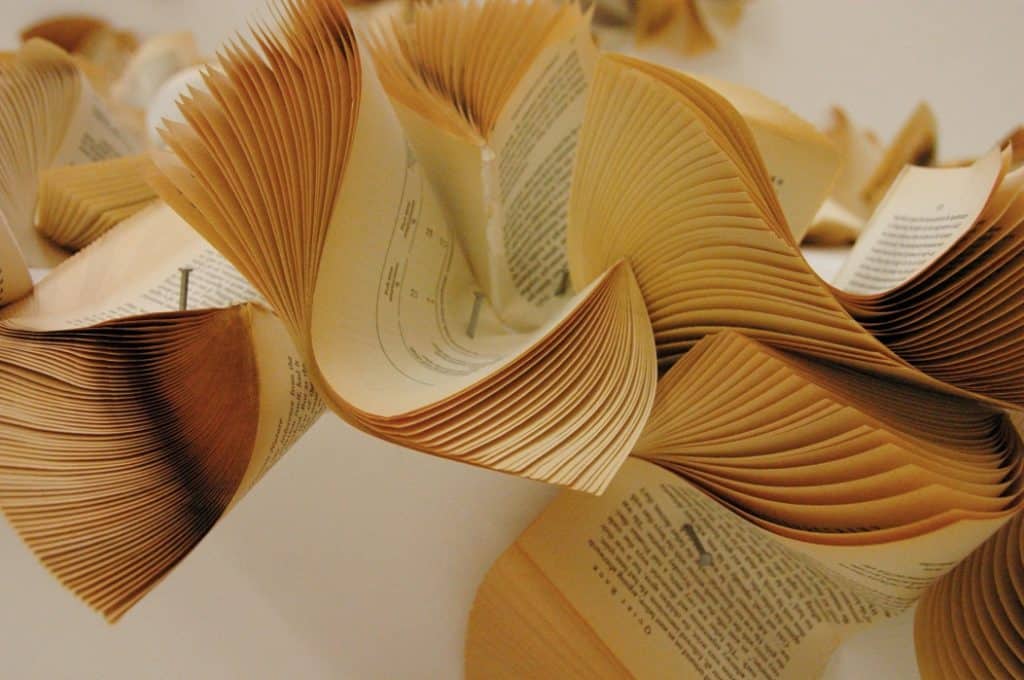Part One – Creative Share
A few months ago a talented young photographer and designer, Ellie Rose, took this photograph and posted it on microblogging site tumblr.
The image was re-blogged, liked and shared over 400,000 times. But it was also reused, edited and outright copied by other artists who then claimed the image as their own. Rose did not receive any credit, reference or recognition for the original photograph. When asked about it, she shrugs, pushes her long blonde hair aside, takes a drag on a roll-up and insists “This is the way things are”, that you can never truly own an image you “put out into the world”. That is not necessarily true, it is of course possible to copyright and protect an image, but Rose is referring to the influence or inspiration that another person could derive from it.
For Rose, she is simply happy that so many people have been inspired to use the image; it is her whole reason for taking photographs and sharing them in the first place. For her, this is accolade and payment enough. For now.
Perhaps because Rose is still honing her craft at university and photography is not her main source of income. Would she feel differently if someone else made money from an image she created? And although there are techniques she could use to safeguard her work (set to 72dpi or watermark) if she cannot guarantee recognition, credit, copyright and ownership, should she share these gifts or guard them against plagiarism? Artistically, is intellectual ownership important or is it more valuable to inspire each other?
“The world can only benefit from what it can see”, says Rose, “What’s the point of keeping it in boxes?”
Gifts Boxed
In 2007 John Maloof purchased some boxes of negatives for a project he was working on about Chicago’s Northwest neighbourhoods. Maloof began developing the images (over 30,000) and the results were incredible.
However, when Maloof looked up the photographer’s name, he couldn’t find her work anywhere. Further research convinced Maloof that nobody had ever heard of this woman. She was a mystery. The unknown artist was Vivian Maier and subsequently, Maloof was credited with one of the greatest photographic discoveries of the 21st Century.
Major newspapers eager to run stories about Maier’s work wanted to know how Maloof had discovered the images. Filmmakers called, two documentaries were made, including Finding Vivian Maier findingvivianmaier.com.
The story raises plenty of questions, not just about Maier’s past, but also about an artist’s willingness to share their gifts with the world. We may never know the reasons why Maier decided to hide her work away in boxes. Maybe she didn’t think it was good enough. Maybe she wanted to share it, but didn’t know how. Maybe she was scared of the implications of sharing her work, that it would be copied, like Ellie Rose’s photograph. Maybe she simply loved to take pictures.
With the technological age we now live in there are platforms to share every kind of talent. An artist makes, designs or writes something. They spend hours, weeks, months, even years agonising over it, and finally the time comes to unveil their masterpiece. What happens once it is “out there”? How can that artist protect their work?
It is possible to protect your work via copyright, trade marks and Patents, but the burden is on you, to seek out and catch the copycats. There is also a cost to putting these safeguards in place but they do represent an asset; value for you or your business. If you think it is an area you should be looking into it may be worth talking to an accountant.
What happens after that, you’ve protected your work, but what if that work then inspires another artist to create something similar? Along with copyright and patent, can an artist also have intellectual rights to the influence their work inspires?
Next month Part Two – Protect
This blog post was written by Louisa Penny on behalf of Ward Williams Creatives







